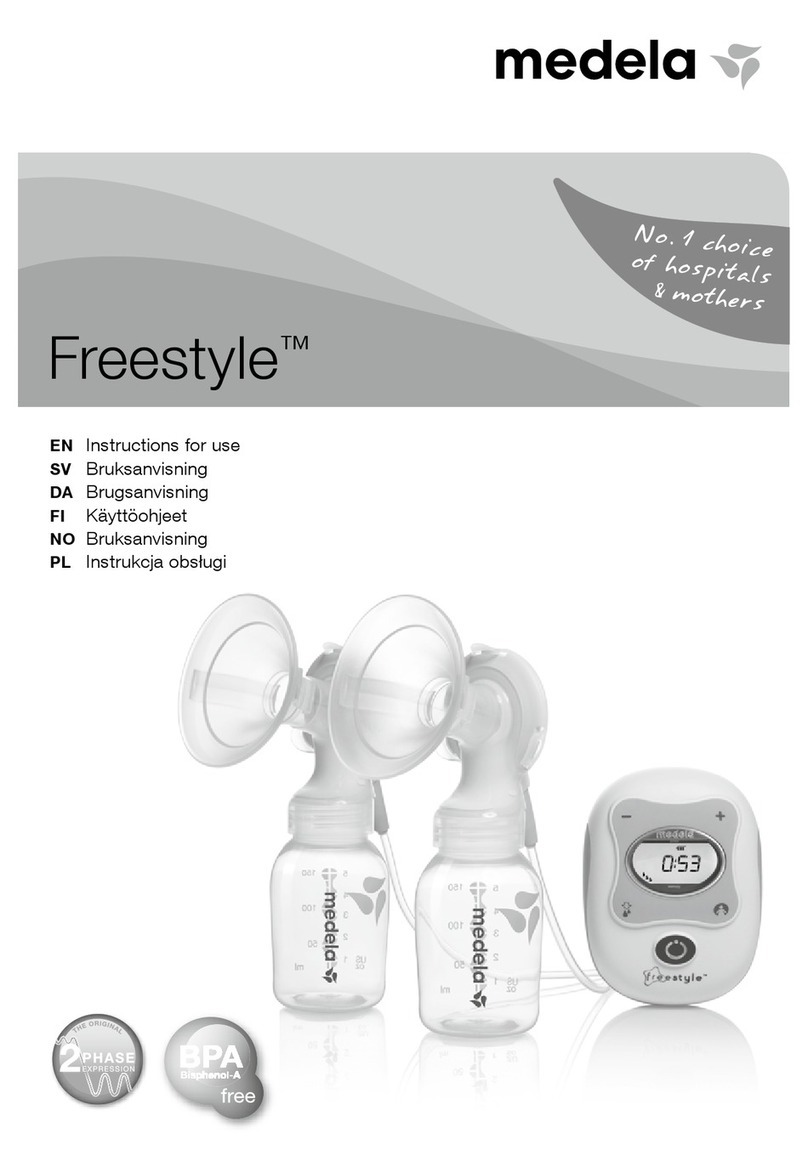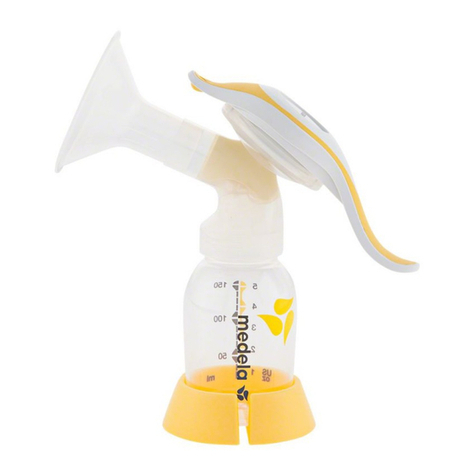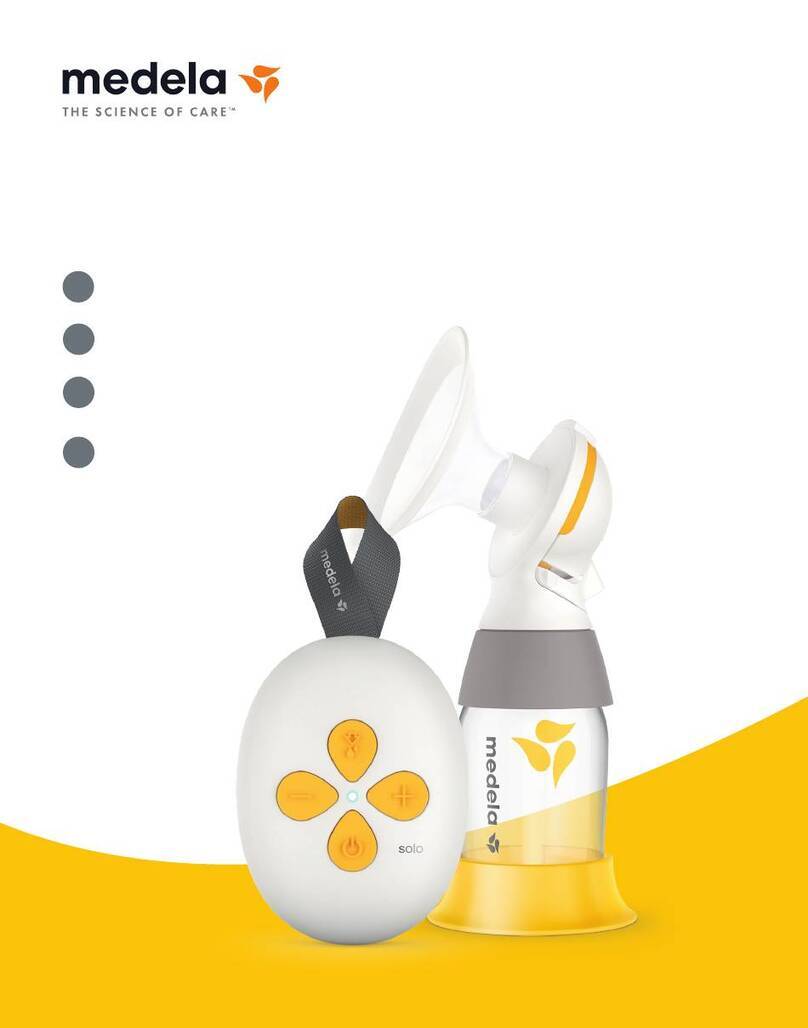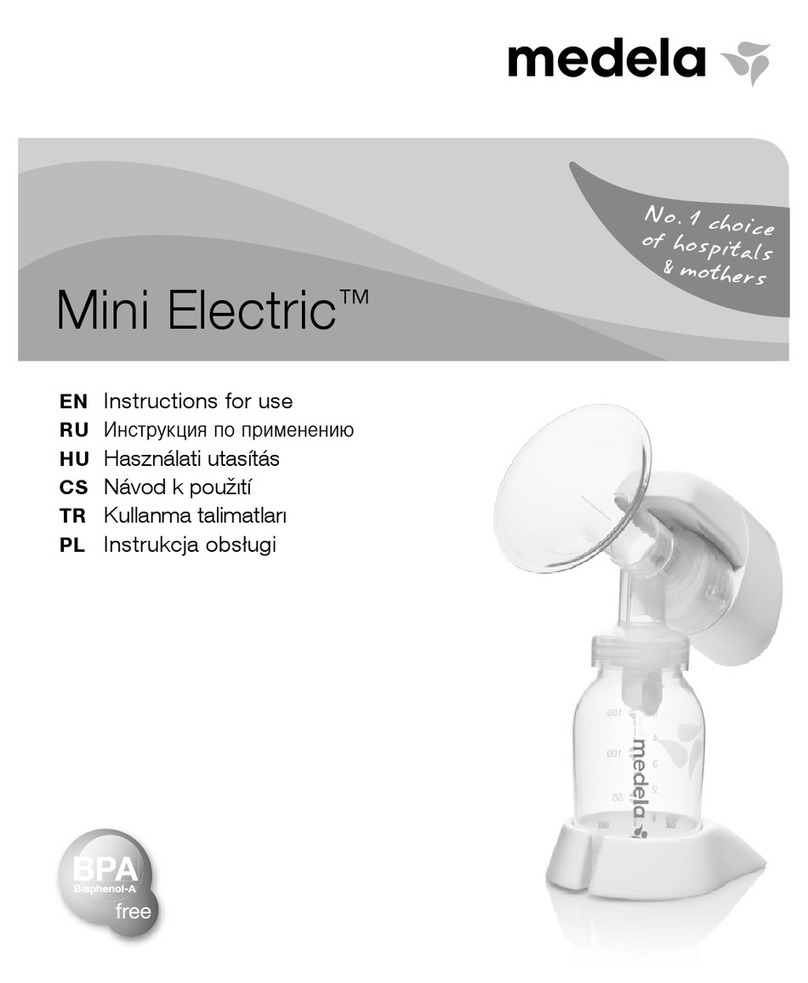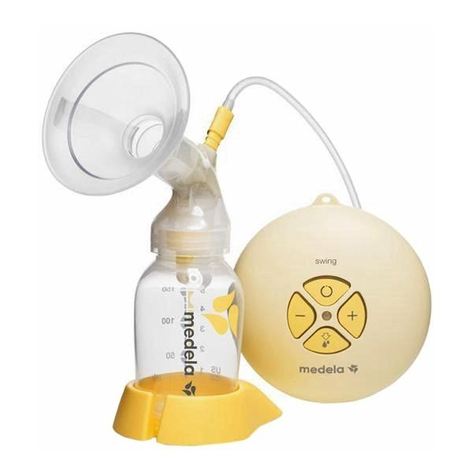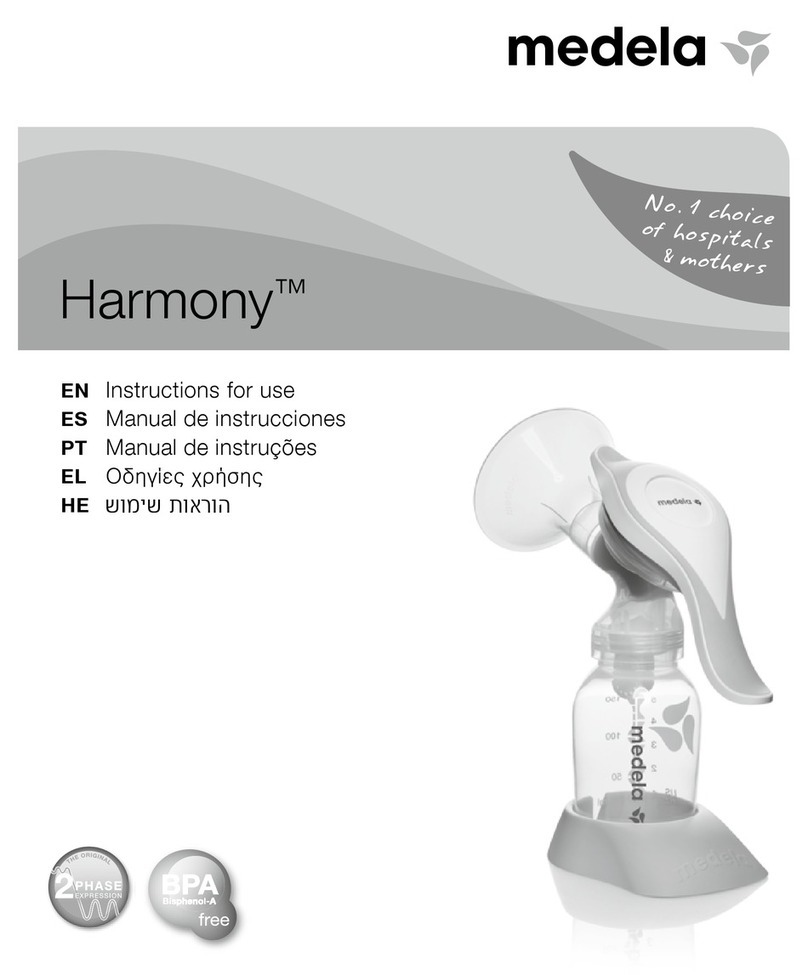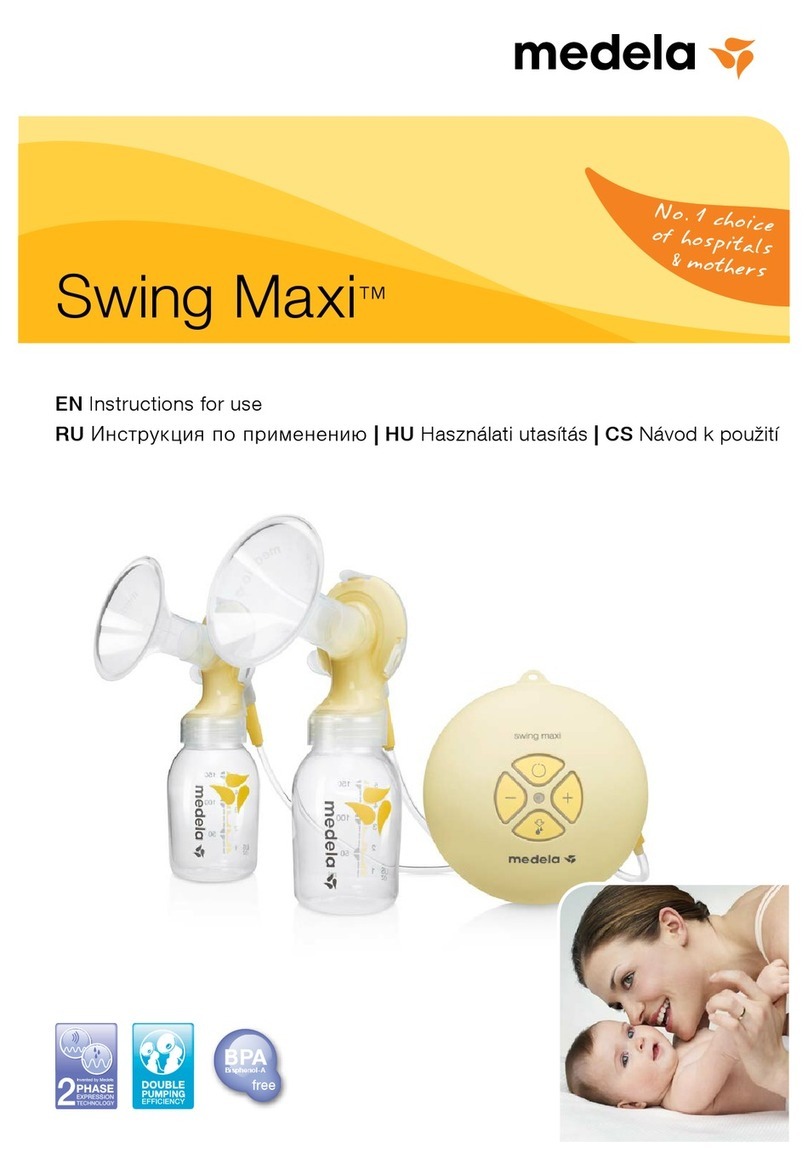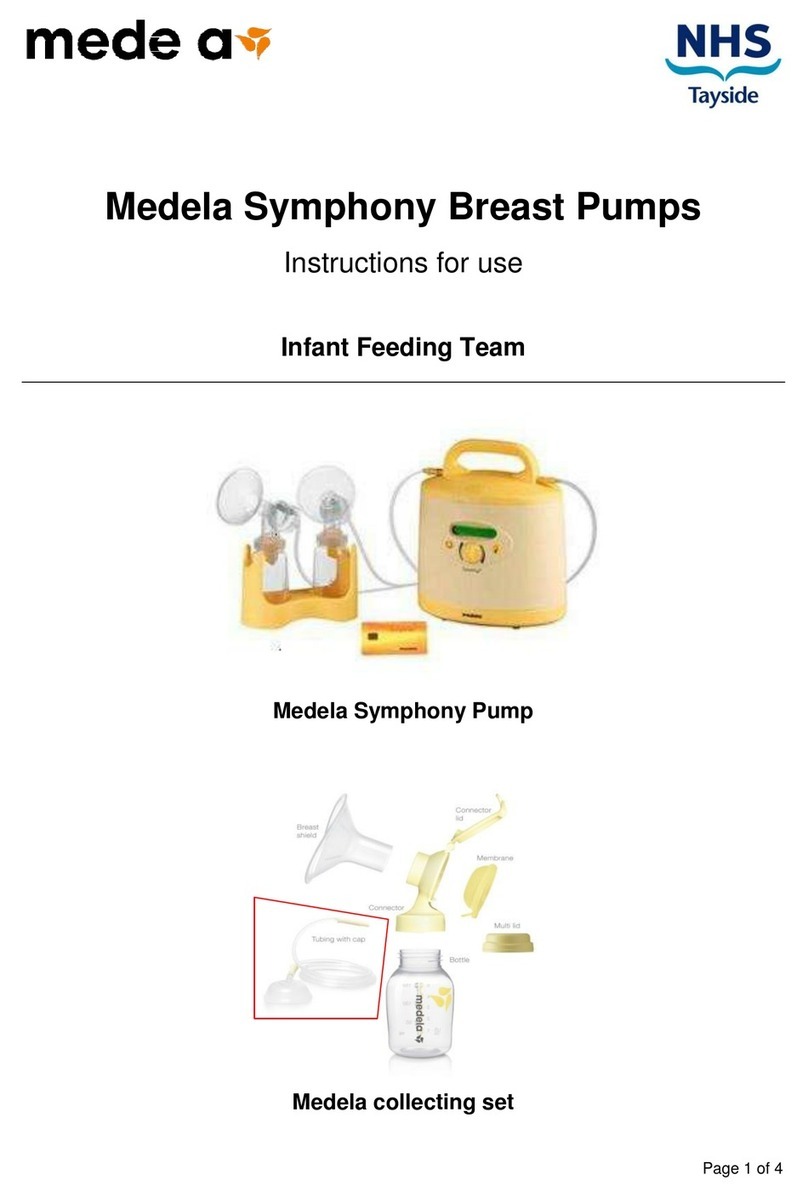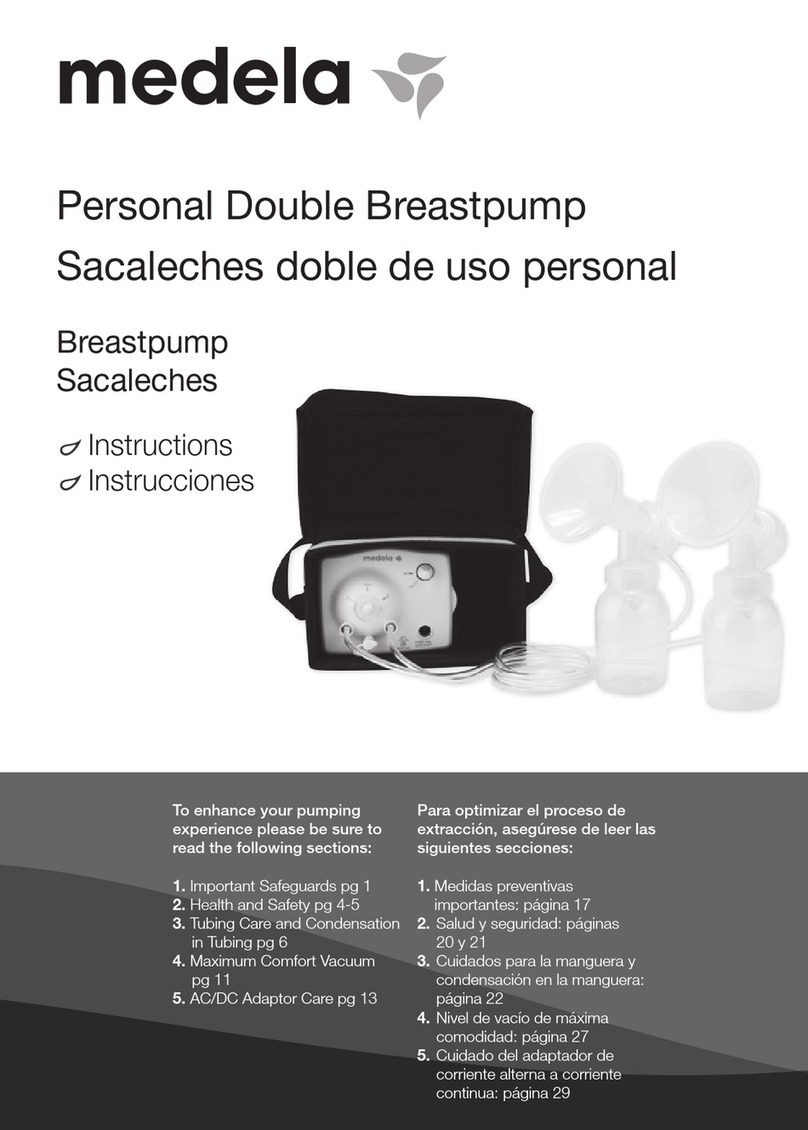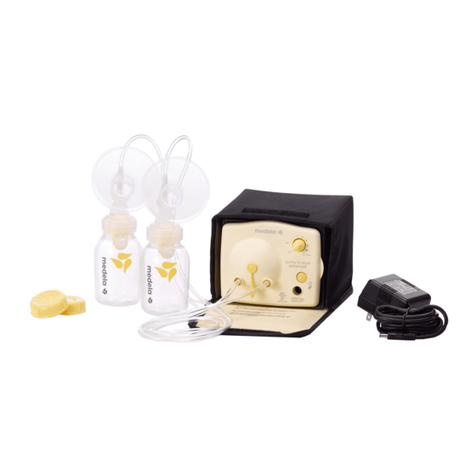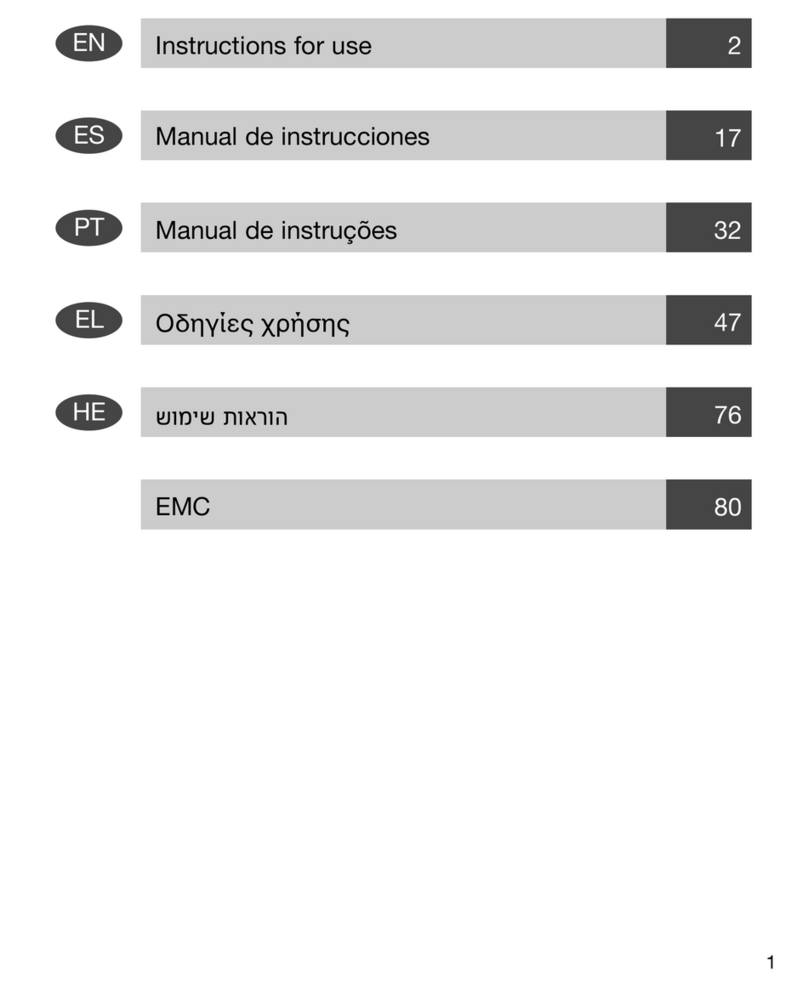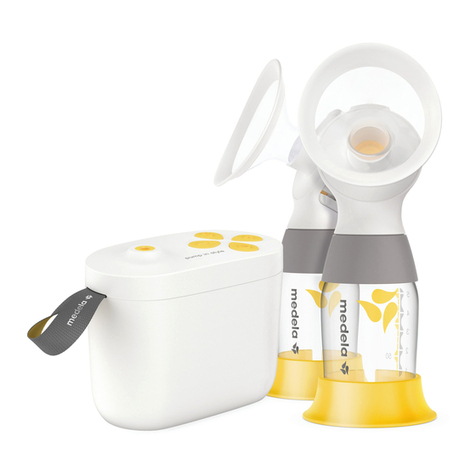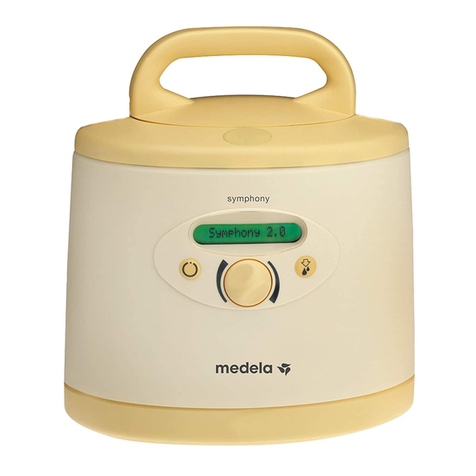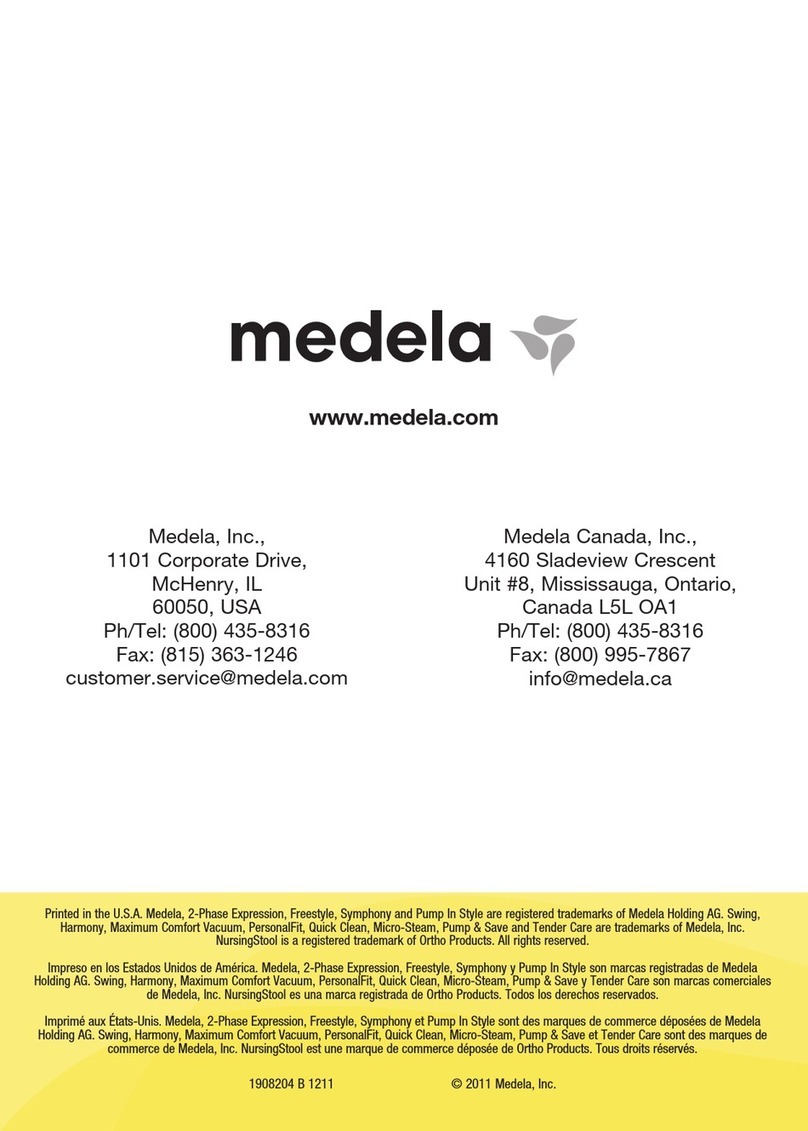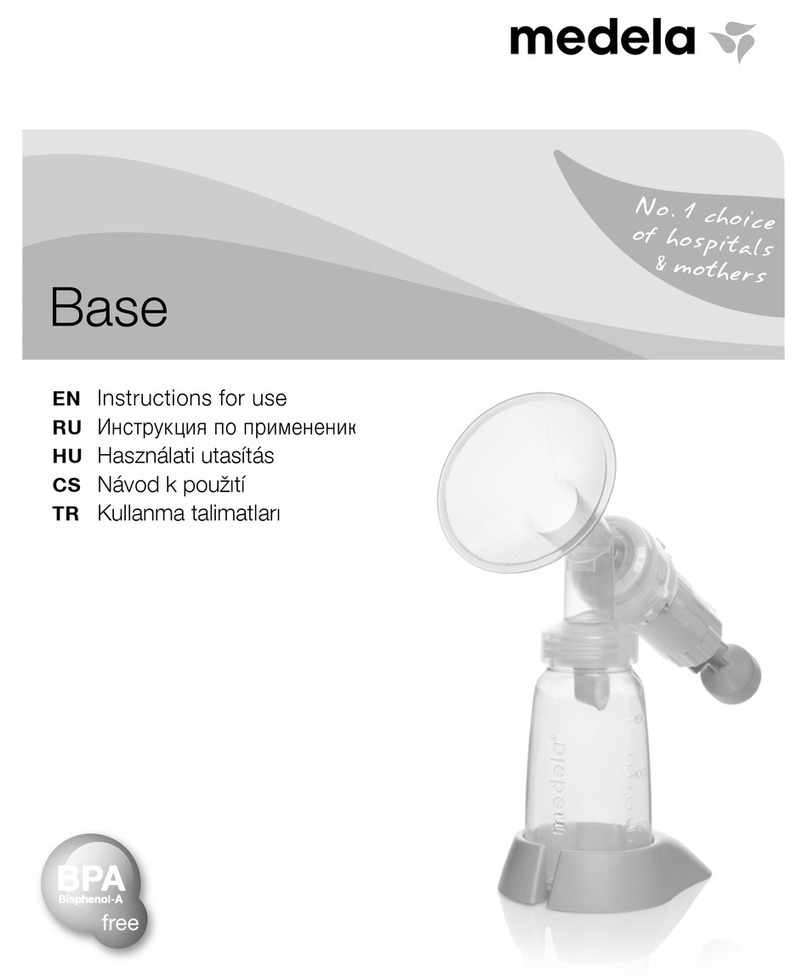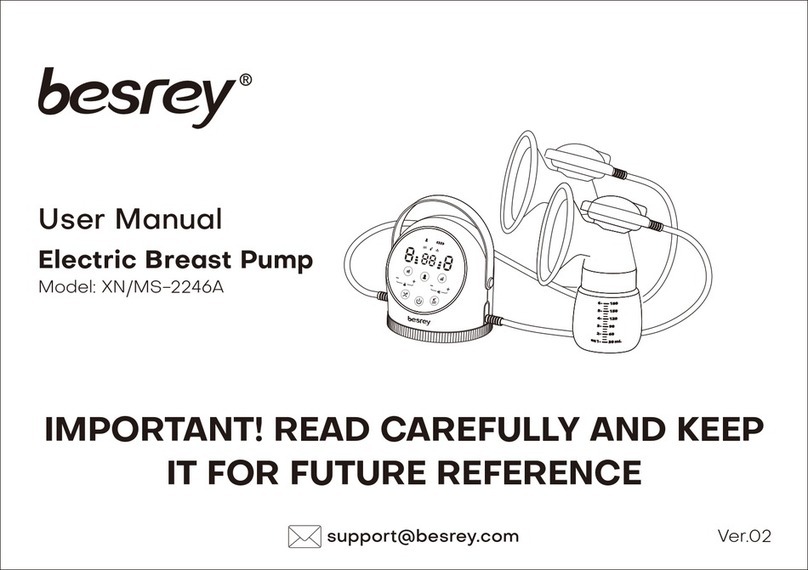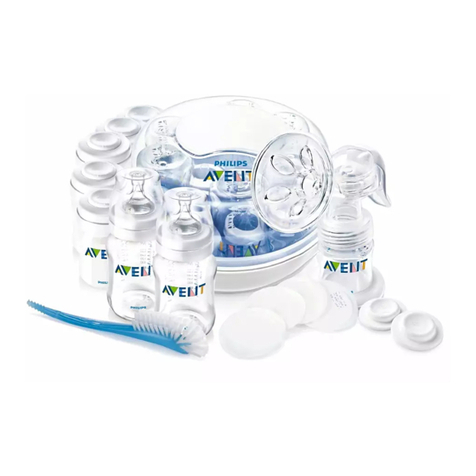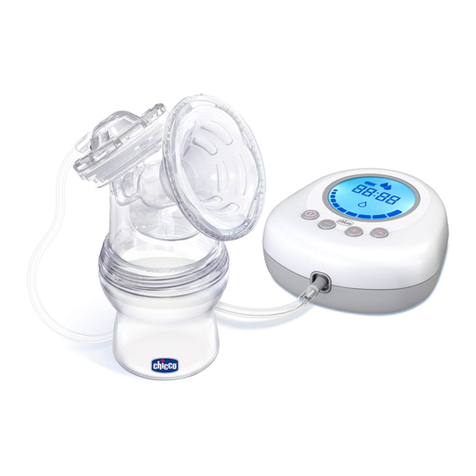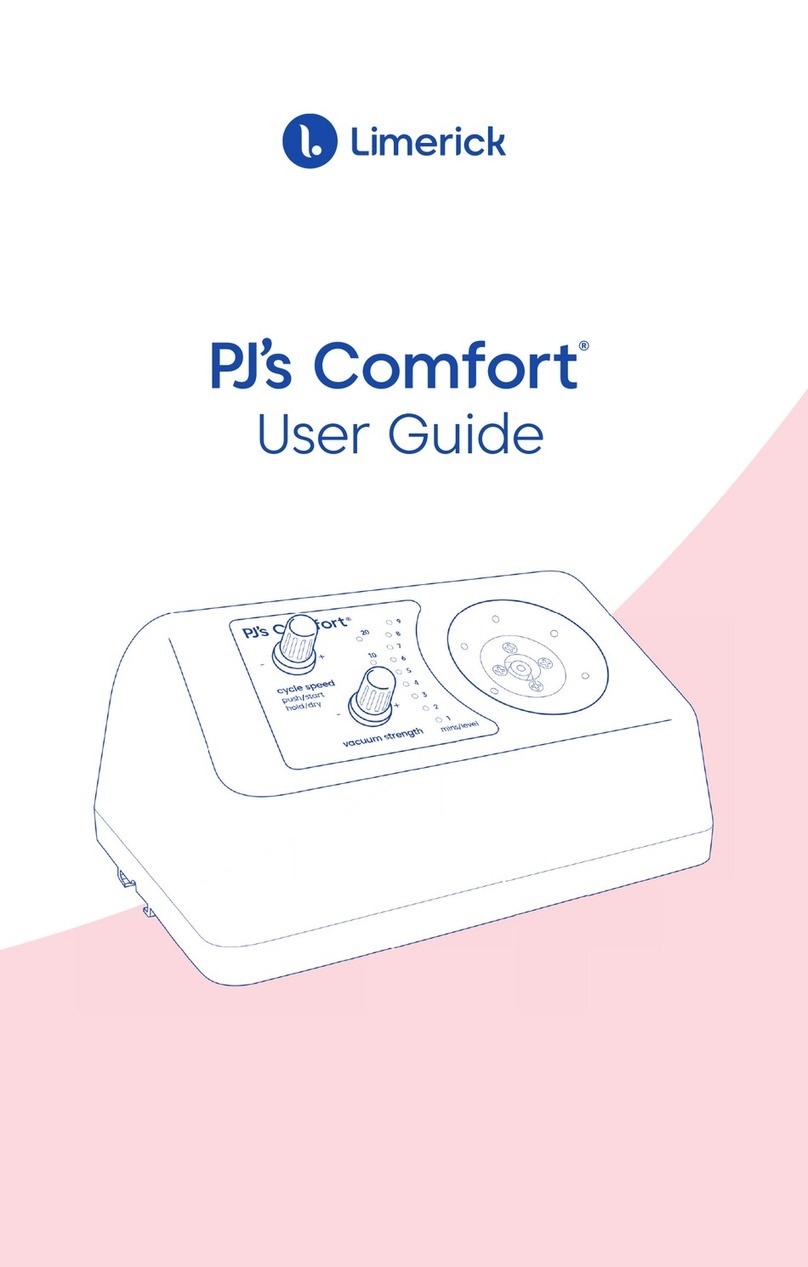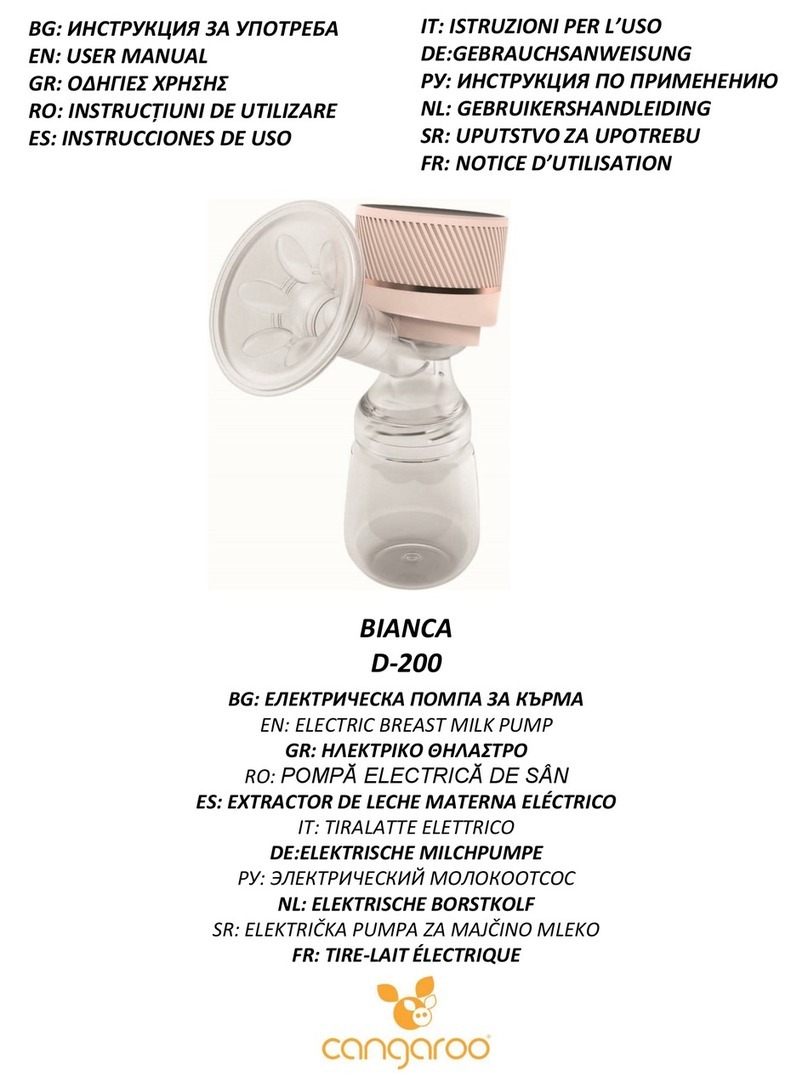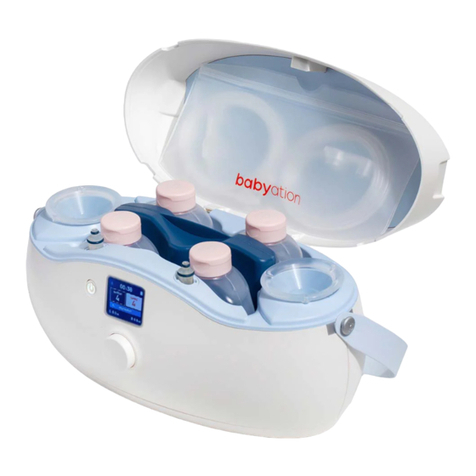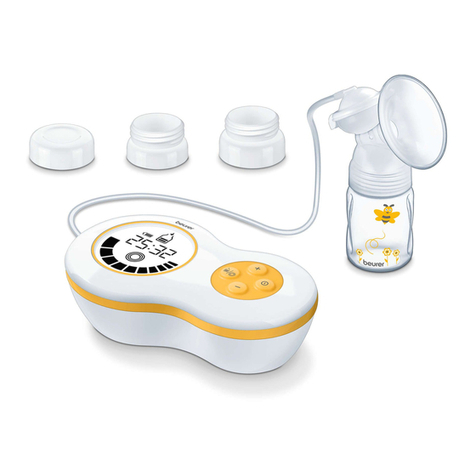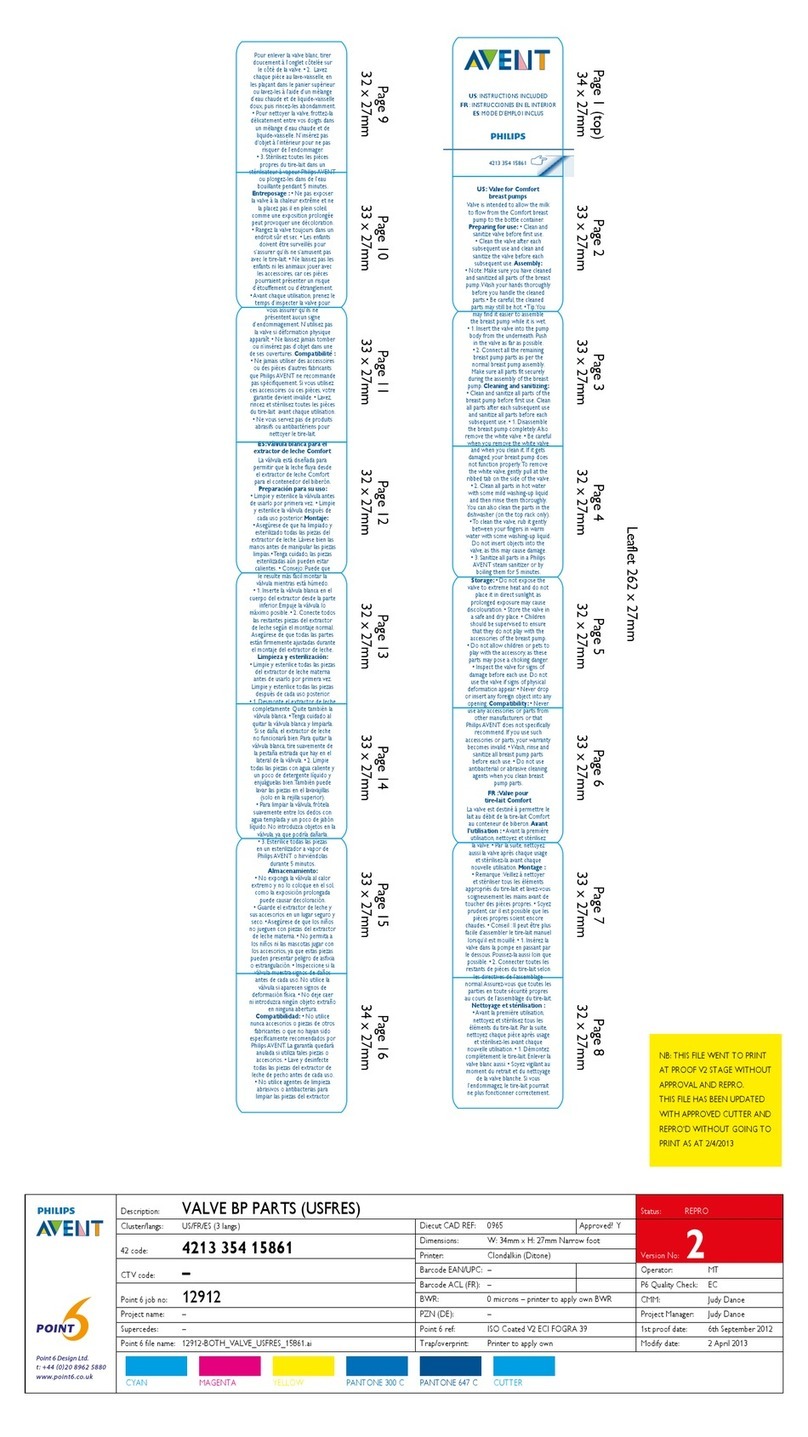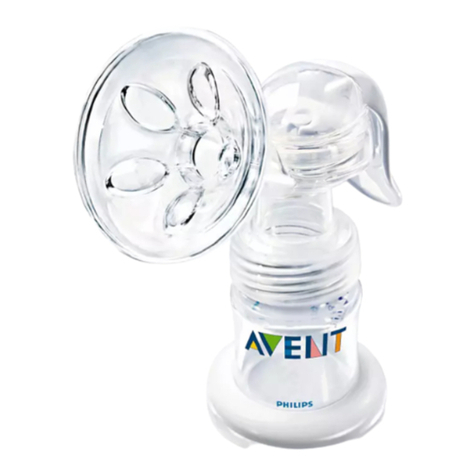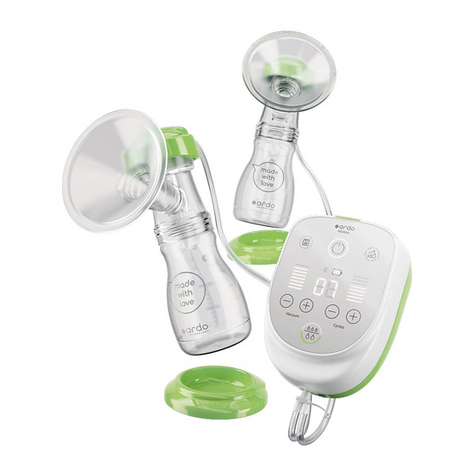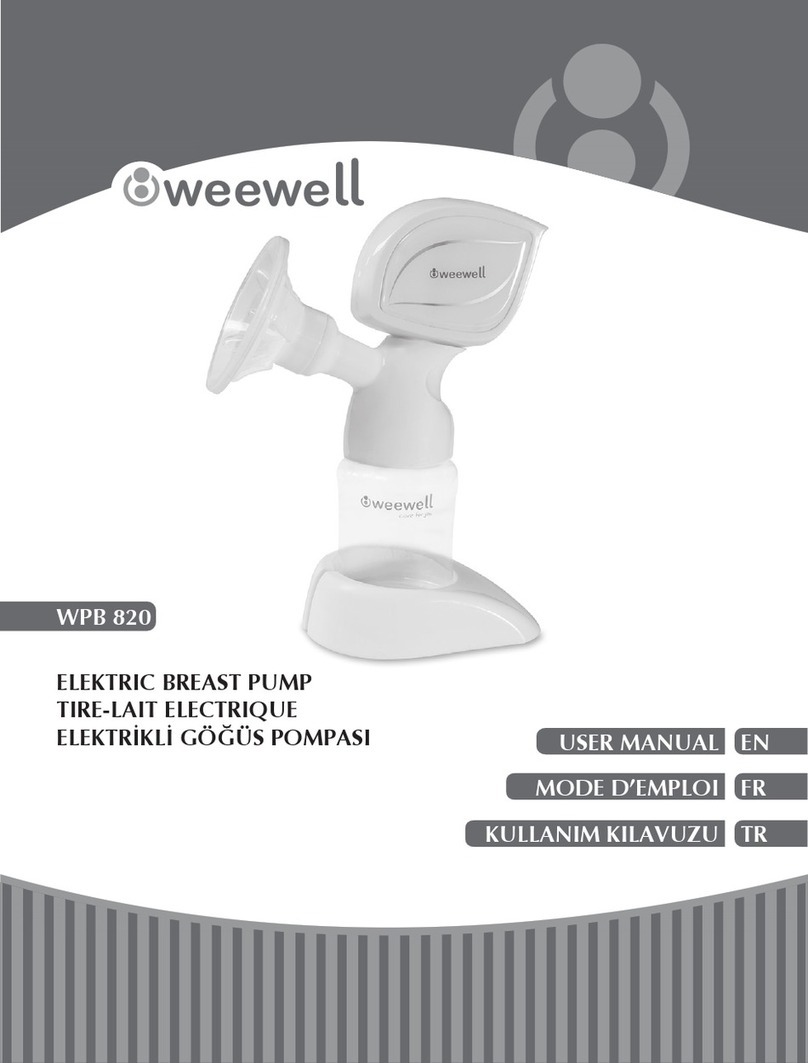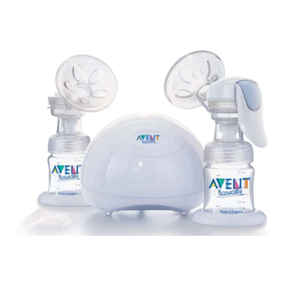Thank you for choosing the Symphony breast pump. Breast milk is the natural choice for your baby,
but there are reasons and situations where breastfeeding is not possible. For over 50 years, it has
been Medela’s conviction that these mothers and babies can be supported. In close co-operation
with breastfeeding experts, Medela, one of the market leaders, has researched and developed
breast pumps that perfectly meet breastfeeding mothers’ needs. For mothers who insist on the
best for their babies and themselves. Because you care.
Nous vous remercions d’avoir choisi le tire-lait Symphony. Le lait maternel est ce qu’il y a de plus
naturel pour votre enfant, mais dans certaines situations, l’allaitement au sein n’est pas possible.
Voilà plus de 50 ans que Medela s’est donné pour mission d’assister ces mamans et ces bébés
en difficulté. Medela a développé des tire-laits qui répondent de façon optimale aux besoins des
mamans allaitantes, en collaboration avec des experts de l’allaitement et des chercheurs avant-
gardistes. Ces appareils s’adressent aux mamans qui ne veulent que le meilleur pour leur bébé
et pour elles-mêmes. Comme vous.
Grazie per aver scelto il tiralatte Symphony. Il latte materno è la scelta naturale per il tuo bambino, ma
in alcuni casi non è possibile allattare al seno. Da oltre 50 anni Medela è impegnata ad aiutare madri
e bambini che si trovano in questa situazione. In stretta cooperazione con gli esperti dell’allattamento
al seno, Medela, uno dei leader del mercato, ha condotto ricerche volte a sviluppare tiralatte che
soddisfino pienamente le esigenze delle mamme. Per madri che esigono il meglio per i loro bambini
e per loro stesse. „Because you care“.
Hartelijk dank dat je voor de Symphony borstkolf hebt gekozen. Moedermelk is een natuurlijke keuze
voor je baby, maar er zijn redenen en omstandigheden waarin het niet mogelijk is om borstvoeding te
geven. Medela is er al meer dan 50 jaar van overtuigd dat deze moeders en baby’s met speciale
oplossingen ondersteund kunnen worden. In nauwe samenwerking met borstvoedingsdeskundigen
heeft Medela, een van de marktleiders, borstkolven onderzocht en ontwikkeld die perfect aansluiten
bij de behoeften van moeders die borstvoeding geven. Voor moeders die het beste willen voor hun
baby en voor zichzelf. Uit liefde.
Herzlichen Dank, dass Sie sich für die Milchpumpe Symphony entschieden haben. Muttermilch ist
die natürlichste Form der Ernährung für Neugeborene, doch es gibt Situationen, in denen das
Stillen aus verschiedenen Gründen nicht möglich ist. Als einer der Marktführer setzt sich Medela
seit über 50 Jahren mit Überzeugung für das Wohl dieser Babys und Mütter ein. In enger
Zusammenarbeit mit Stillexperten und führenden Forschern hat Medela Milchpumpen entwickelt,
die optimal auf die Bedürfnisse stillender Frauen abgestimmt sind. Für Mütter, die nur das Beste für
sich und ihr Baby wollen. „Because you care.”
